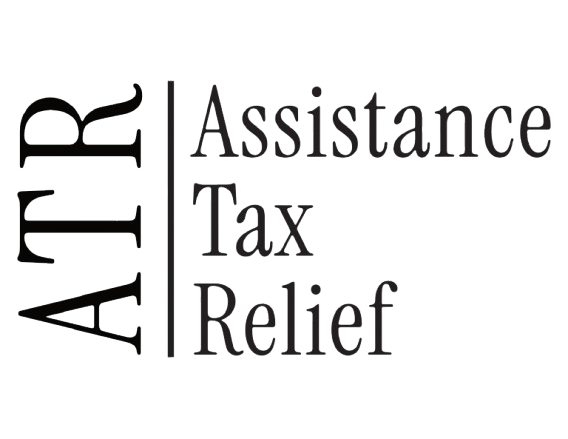📅 Halfway Through the Year: Don’t Let Tax Debt Linger
If you still have unresolved IRS debt, don’t wait until the end of the year when penalties grow and collection pressure ramps up. Midyear is the perfect time to take control.
✅ Step 1: Pull Your IRS Account Transcript
Before anything else, get a complete picture of what you owe — including:
Outstanding balances
Accrued penalties and interest
Any active collection actions or notices
This helps you plan and avoid surprises.
✅ Step 2: Make Sure You’re in Compliance
The IRS won’t approve any resolution if you’re not current on filings.
📄 File all required tax returns first, even if you can’t pay the balance yet.
✅ Step 3: Know Your Financial Position
Resolution isn’t based just on how much you owe — it’s based on what you can realistically pay.
Be ready to gather:
Monthly income & essential living expenses
Assets & equity (home, vehicles, savings)
Outstanding debts
This information is required for financial forms like Form 433-A or 433-F, depending on your situation.
✅ Step 4: Pick the Right Resolution Path
Based on your financials, you might qualify for:
Installment Agreement (full or partial pay)
Offer in Compromise (settle for less)
Currently Not Collectible (pause collections)
Penalty relief or abatement in some cases
✅ Step 5: Act Before the IRS Does
If you haven’t yet received a Notice of Federal Tax Lien or Intent to Levy, acting now can help avoid enforcement altogether.
🧠 Pro Tip:
Midyear is the sweet spot. You still have time to submit, negotiate, and resolve your case before income changes or next year’s filings complicate things. Don’t bring unresolved debt into 2026 if you don’t have to.
📩 Need help reading transcripts or building a strategy for relief?
📅 Schedule a free consultation or case investigation:
www.assistancetaxrelief.com/appointments
📞 Phone: (720) 383-6160
📧 Email: adam@assistancetaxrelief.com
📠 Fax: (720) 484-8700
